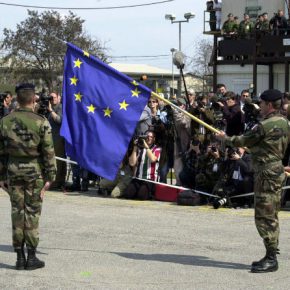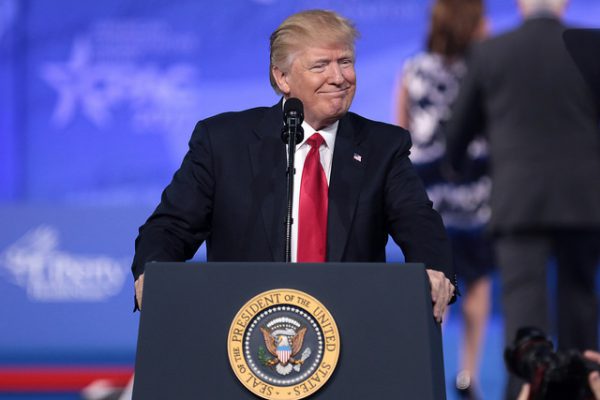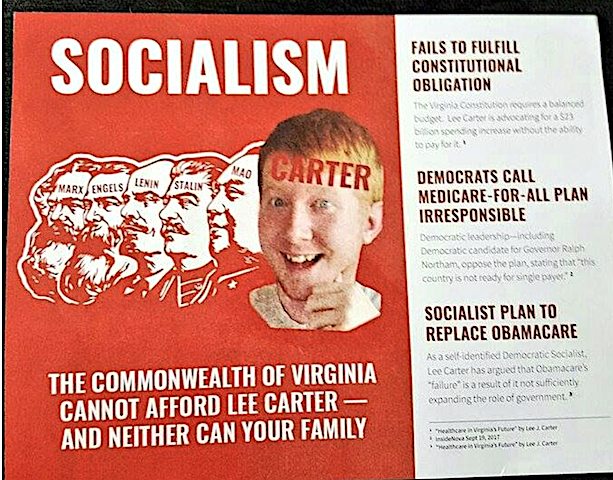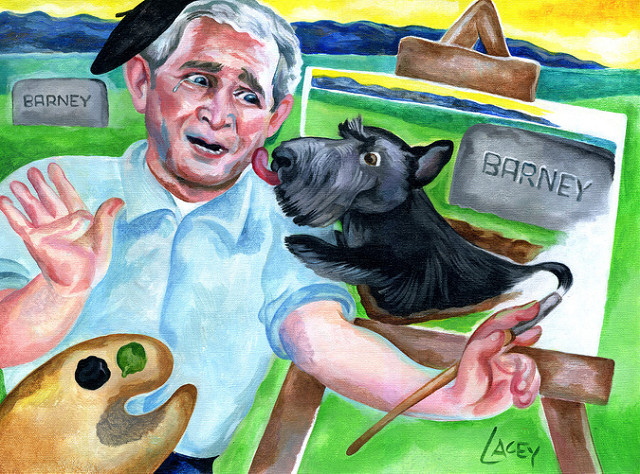In his first edition of Ideology and U.S. Foreign Policy, Yale’s Michael H. Hunt hoped that in describing the primacy of ideological assumptions in foreign policymaking, he could contribute to the post-Vietnam critique of American overreach in world affairs. Hunt’s work was in large part a reaction against the neoconservative movement, at the time of his writing, a relatively new school of thought in Beltway politics.
Ideology is a challenge to the view that the United States is specially qualified and justified to “lead” the rest of the world, and a reinterpretation of what underwrote that exceptionalism. Hunt sought to challenge Cold War assumptions that the US. has since 1950 been eminently pragmatic in dealing with foreign ideologues and not influenced by ideologies of its own. Ideology has always been a strong component of how Washington views the world, according to Hunt.
Indeed, one would be able to say now, looking over the private correspondence of supposedly “realist” leaders like Henry Kissinger and George F. Kennan, their apparently hard-nosed politics were suffused with large doses of ideological musings, even to the point of naiveté. And some men who shot for the moon, like the mid-twentieth century media tycoon Henry Luce with his notion of an “American Century,” painted their strokes somewhat less broadly than those of so-called 1960s “eggheads” allegedly immune to that kind of purple prose, pie-in-the-sky New Jerusalem talk.
The premise that the United States has a special destiny to lead the world, however, has changed over the years because it transitioned from a more passive sense of noninvolvement abroad to active promotion of “American” ideologies.
Originally, this meant that an organized, enlightened elite that respected freedoms of assembly, speech, and property should lead a strong central administration to expand American power and commerce. Considering that the rights of people outside of the organized elite were simply ignored in the 18th and 19th centuries, it is a rather ahistorical vision. Centralized, expansionist power was judged a virtue of America, and that the US would not fall into the pitfalls of “empire” – though this should have been apparent even during the 1848 war with Mexico and the role of slavery in westward expansion.

Moreover, given that the people who constituted the leadership of the revolution, a bias towards white Anglo-Saxon Protestants is present, so Asians, Hispanics, Arabs, Africans, and also Catholics or Slavic Europeans came to be seen as starting off with a handicap in trying to manage their own affairs. Such views were informed as much by romanticism as the legacy of mass urban migration, Indian removal, and slaveholding before the 20th century.
“Race” was depicted to serve different purposes: to portray a passive figure needing protection, or a treacherous brute to be put down. Mass media, in fact, help popularize these images from the 1880s onward as Washington eyed overseas holdings. And then, from the early 1900s to the 1920s, as the US waged its first counterinsurgency campaigns abroad in Haiti, Central America, and the Philippines – trying to justify military ruthlessness against civilians and loftier notions about native self-rule at the same time.
These were, for Hunt, the three pillars of the American conceptualization of foreign policy: the United State’s own “exceptional” mythology of Westward expansion, racism, and what is less a “third” feature than the crystallization of the former two after the 1910s. According to Hunt, the ahistorical view of the American Revolution and its decided lack of mass revolutionary politics imposes a blinkered view of other countries’ own undertakings for social change. Reaction and romanticism towards other nations’ revolts in part depended on their ethnicity, but also on how much their undertakings “lined up” with U.S. self-mythologizing.
These revolutions were mass events where the “better class” of people were not in charge and their rights (sacrosanct in the American ideal of a bloodless revaluation that has room for debating halls and property deeds). Because of this, policymakers reacted against them very negatively – “political tutelage” was the first countermeasure advanced, by Woodrow Wilson, followed by a turn to the concepts of containment and rollback after the 1930s of both fascism and communism – the latter, especially, seen as an “in a mirror, darkly” image of the idealized American experience.
The book’s strongest points are in explaining how the old racial hierarchies and other biases of pre-WWII policymakers against revolutions transmogrified into the likes of developmental theories and neoliberal institutionalism during the “Third Wave of Democratization.” However, it is weakest in explaining the countercurrents to these ideological underpinnings, such as anti-imperialism and isolationism.
These were distinctive concepts – however noble or flawed – with their own mass coalitions and internal divisions. Hunt also does not discuss how the formation of an American leisure class underwrote both economic and cultural propagation, which could be both deliberate – like the Cold War “Kitchen debate” in Moscow between Nikita Khrushchev and Richard Nixon – or not. The work’s greatest contribution
Hunt also does not discuss how the formation of an American leisure class underwrote both economic and cultural propagation, which could be both deliberate – like the Cold War “Kitchen debate” in Moscow between Nikita Khrushchev and Richard Nixon – or not. The work’s greatest contribution in the historiography of American history was in spurring research of how religion, technology, gender, and media framing contributed to an ideological foreign policy in particular eras.
Photographs courtesy of DVIDSHUB and Justin Norman. Published under a Creative Commons license.





